|
InstructionGuitar
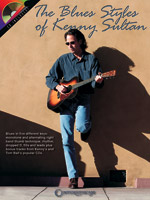 |
The Blues Styles of Kenny Sultanby Kenny SultanIn this book/CD pack, axe-master Kenny Sultan teaches guitarists: blues in five different keys; monotone and alternating right-hand thumb technique; rhythm playing; dropped D tuning; fills; leads and more. The accompanying CD includes demos of the exercises, as well as bonus tracks from Kenny's and Tom Ball's popular CDs. |
| |
|
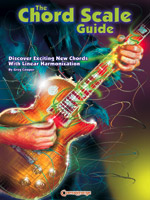 |
The Chord Scale Guideby Greg CooperThe Chord Scale Guide will open up new voicings for chords and heighten your awareness of linear harmonization. This will benefit jazz ensemble players, rock guitarists and songwriters looking to create new and unique original music, and understand the harmony behind chords. |
| |
|
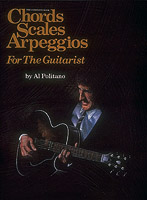 |
The Complete Book of chords, Scales, Arpeggios for the Guitaristby Al PolitanoEvery chord, scale and arpeggio is plotted out in every practical position and, with some dedicated study, one could play all of them in every position and in all keys. Written with just a minimum amount of text. Use this book for improvisation, studying or playing exercises. This is the best, most complete reference book you can buy. |
| |
|
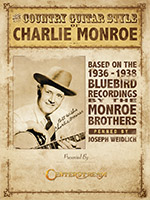 |
The Country Guitar Style of Charlie MonroeBased on the 1936-1938 Bluebird Recordings by The Monroe BrothersBy Joseph WeidlichOne of the most popular acts of the 1930s was The Monroe Brothers, featuring Bill on mandolin and tenor vocals, and Charlie on lead vocals and rhythm guitar. This great overview of Charlie Monroe’s unique guitar performance style (he used just his thumb and index finger) presents 52 songs, with an in-depth look at the backup patterns & techniques from each chord family, plus special note sequences, common substitutions and stock backup phrases. Includes the bluegrass classics “Rollin My Sweet Baby’s Arms,” “My Long Journey Home” and “Roll On, buddy.” Plus a discography and complete Bluebird recording session info. |
| |
|
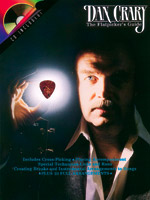 |
The Flatpicker's Guideby Dan CraryThis instruction/method book for flatpicking teaches how to play accompaniments, cross-picking, and how to play lick strums. Examples in the book are explained on the accompanying CD. The CD also allows the player to play along with the songs in the book. |
| |
|
|


©2025 Centerstream Publishing, LLC. All rights
reserved.